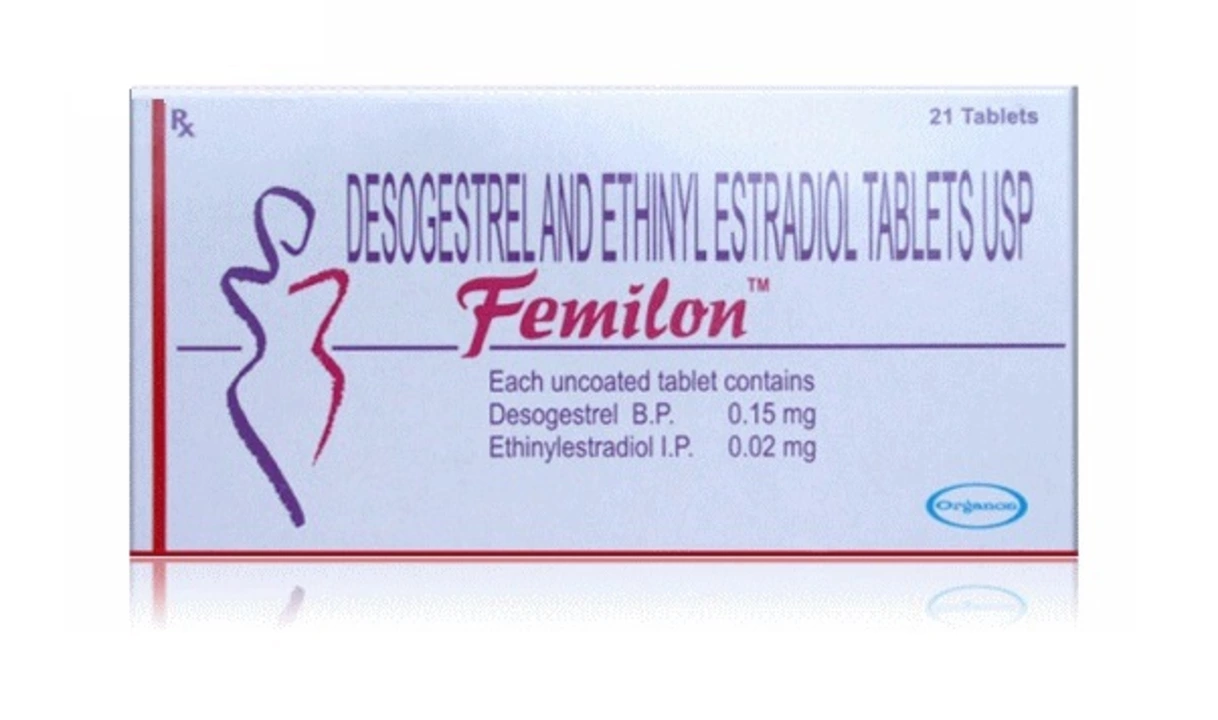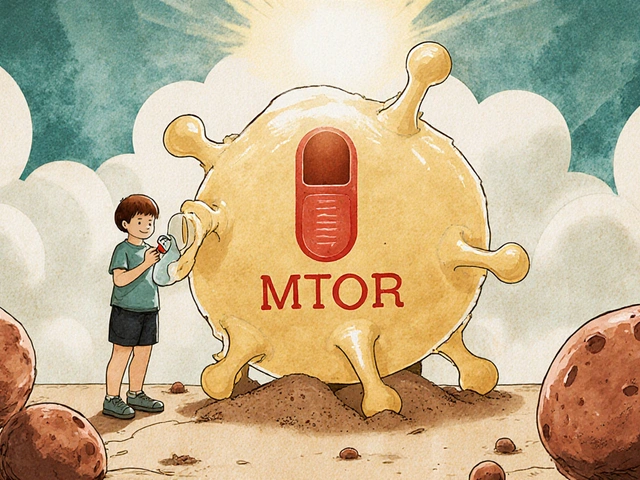Ethinyl estradiol is a synthetic estrogen used in many combined birth control pills and other hormonal products.
It prevents ovulation, helps regulate periods, and often improves acne and menstrual pain. You will see it listed on pill packs with doses like 10, 20, or 35 micrograms and paired with different progestins.
How ethinyl estradiol is used
Most combined oral contraceptives contain ethinyl estradiol at low doses, commonly twenty to thirty micrograms daily, to balance effectiveness and side effects. Some pills use even lower doses for sensitive users. Ethinyl estradiol also appears in patches and vaginal rings and works best when combined with a progestin for contraception.
Safety, interactions, and practical tips
The main safety concern is an increased risk of blood clots, which can cause deep vein thrombosis or pulmonary embolism. Risk is higher for smokers over thirty five, people with a personal or family history of clots, and those with certain clotting disorders. Tell your clinician if you have migraines with aura, uncontrolled high blood pressure, liver disease, or estrogen dependent cancer histories. Common side effects include nausea, breast tenderness, headaches, mood changes, and spotting between periods. Seek immediate care for sudden shortness of breath, chest pain, swelling in one leg, or sudden trouble speaking or seeing.
Certain medicines lower ethinyl estradiol levels and can reduce contraceptive protection. Strong enzyme inducers such as rifampin, carbamazepine, phenytoin, and herbal St John's wort are examples. If you need one of those, ask about using backup contraception or switching methods. Most common antibiotics do not affect combined pills, but rifampin and similar drugs do.
If you vomit within two hours after taking a pill or have severe diarrhea, treat the dose as missed and use a backup method until pills are reliable again. Check blood pressure before and a few months after starting, and report any worrisome symptoms to your provider.
Ethinyl estradiol products usually need a prescription. When you switch brands follow the new product instructions or ask a pharmacist for help so you don’t lose protection. Avoid unverified online sellers; pick licensed pharmacies and keep your clinician in the loop when buying online.
Good questions to ask your clinician are: is this the right estrogen dose for me, do my current medicines interact, and what symptoms require immediate care. Answers to those make it easier to use ethinyl estradiol safely and with confidence.
How effective is it? With perfect use combined methods prevent pregnancy in fewer than one out of 100 people per year. With typical use the pregnancy rate rises—about seven out of 100 per year—because pills are missed or started late. If you are breastfeeding, avoid combined products in the first six weeks postpartum or discuss options, since estrogens can reduce milk supply; many clinicians prefer progestin‑only methods while nursing. For transgender women, modern guidelines favor 17‑beta estradiol or estradiol valerate over ethinyl estradiol because those forms have a lower clot risk. If you have questions about fertility, timing of stopping pills, or switching methods, ask your provider.

How to safely switch from one ethinyl estradiol-based contraceptive to another
In my latest blog post, I discuss the process of safely switching from one ethinyl estradiol-based contraceptive to another. The key steps include consulting with your healthcare provider, understanding the differences between the new and old contraceptives, and following a specific transition plan. It's important to maintain consistent contraception during the change to prevent unintended pregnancies. Additionally, monitoring any side effects and keeping an open line of communication with your doctor is crucial for a smooth transition.
Read More




